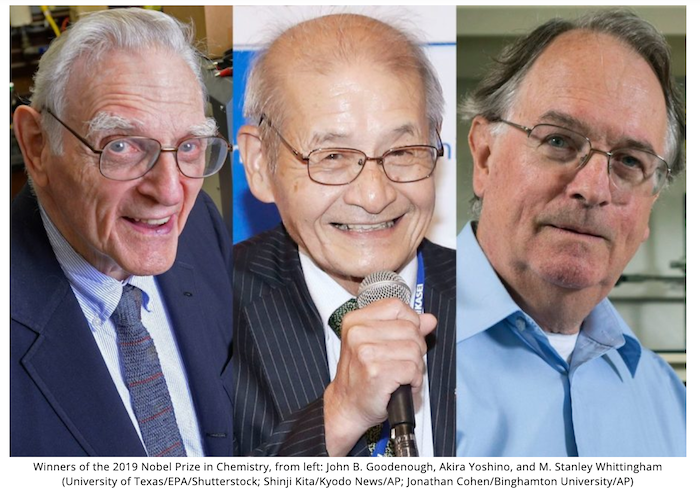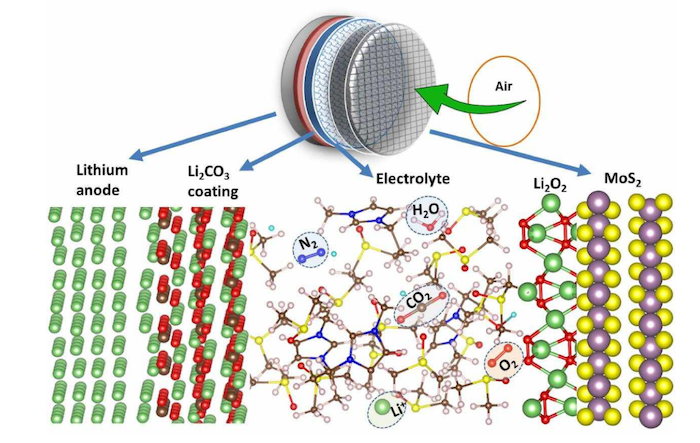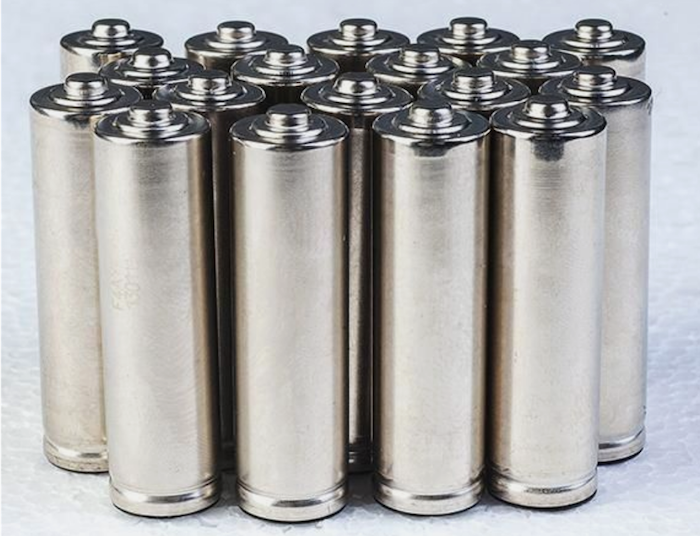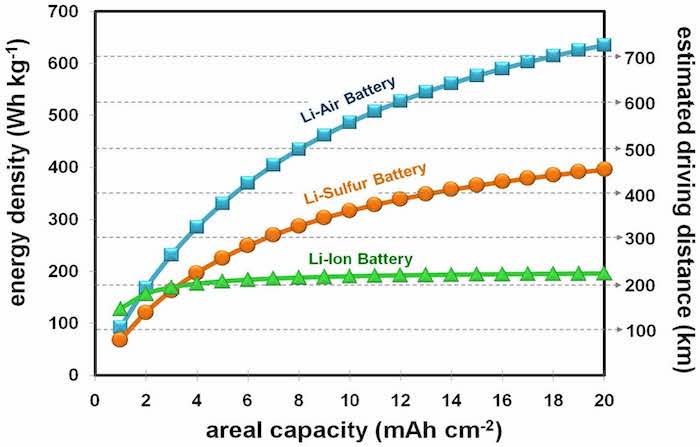





It is the perfect business for entrepreneurs who want to own a profitable business, while making a positive impact to the environment.
Contact UsAfter you have completed a preliminary assessment from, you are welcome to schedule a free introductory meeting with our representative via zoom meeting
Contact us
